Downtown Raleigh state government buildings: What’s going up and what’s being demolished
- Oops!Something went wrong.Please try again later.
Change is coming to the state government side of downtown Raleigh, where thousands of people work, live and visit.
North Carolina Freedom Park opened in the summer of 2023, the first of several projects coming to the area.
Several other construction projects were expected to start or even be finished last year, but the government’s timeline isn’t always speedy. Still, you can see progress underway.
The Dueling Dinosaurs exhibit at the N.C. Museum of Natural Sciences, once slated for a late 2023 opening, opened in April.
Across the street from the dinosaurs entrance on Jones Street, a lane of traffic will remain closed for the foreseeable future because the Department of Administration Building is being demolished and will be replaced with a new Education Campus that will include state agencies for K-12 public schools, the UNC System and Commerce Department all in one place.
Here’s what you need to know about the coming changes:
Administration Building demolition
Interior demolition is happening now at the Administration Building, which takes up a city block including the surface parking lot behind it.
It’s a major project overseen by the Legislative Services Office, which is a three-person office led by Legislative Services Officer Paul Coble, a former mayor of Raleigh and former Wake County commissioner. Coble runs the Legislative Building and Legislative Office Building, and in recent budgets was put in charge of the replacement of the historic Capitol building dome and roof as well as the new Education Campus.
That project is not under the Department of Administration or State Construction Office, as previous state government projects have been. On the campus will be the Department of Public Instruction, Department of Commerce and N.C. Community Colleges System.
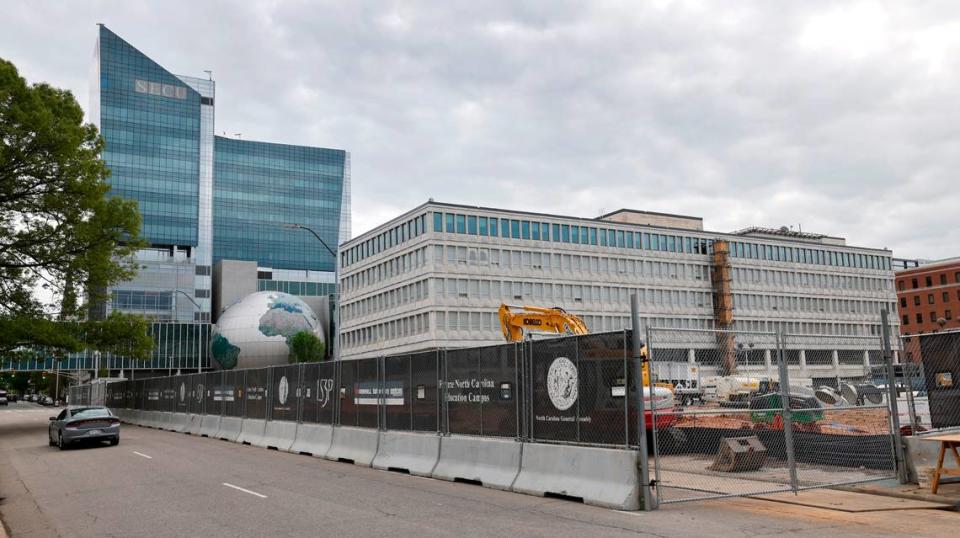
The one-way street’s left lane on the block of Jones Street in front of the museum is closed because of a construction fence around the Department of Administration building, as is a lane on North Salisbury Street.
That’s where about 400 state employees used to work, both from that agency as well as the Governor’s Office, Office of State Budget and Management and Office of State Human Resources. All of those employees moved out, with most going into the Albemarle Building a block away, which has been renovated.
The shifting of office spaces around the city isn’t over.
“There are still more changes to come,” Mark Edwards, the deputy secretary of Administration, told The News & Observer.
Albemarle Building
The Albemarle Building once housed the Department of Insurance, but those state employees have moved to another space outside the state government complex. Now in the Albemarle Building are the state auditor’s office, which moved about a year ago, followed by the other offices in the Department of Administration building. Democratic Gov. Roy Cooper’s offices are in the Albemarle now, and he has already held press conferences in the building.
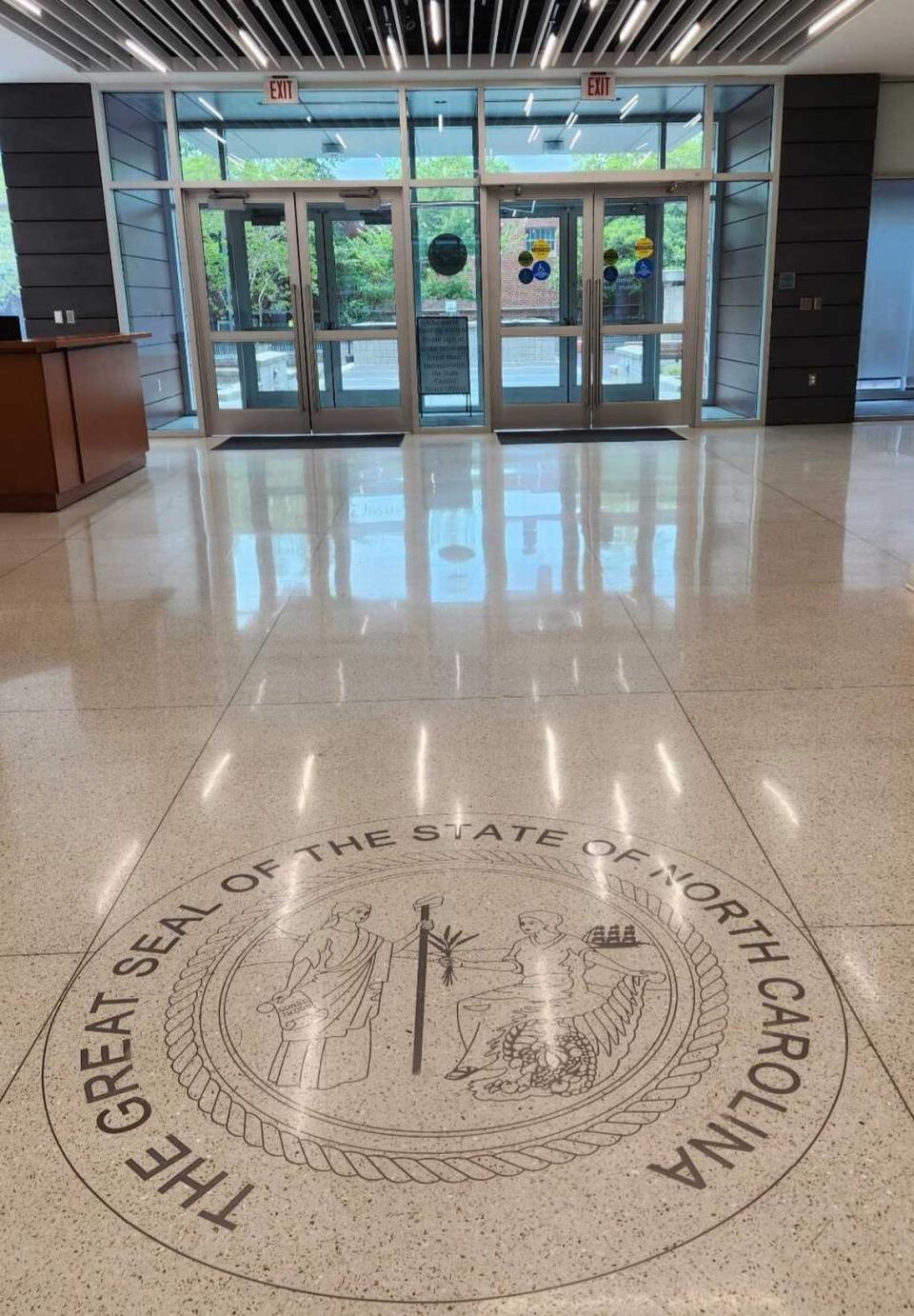
The Department of Administration’s state parking office moved to the Phillips Building, a small, one-story building on Wilmington Street next to a surface parking lot.
The Department of Insurance moved out before the holidays, and is now in leased space on Beechleaf Court off Atlantic Avenue, north of downtown, Edwards said, and the office of State Human Resources moved into space on Fayetteville Street downtown.
Executive versus legislative control
You should also know that capital improvement projects aren’t just about buildings. They’re about power.
The state government complex buildings construction and demolition isn’t controlled by just one agency, or one branch of government. Given more power in the past few state budgets, the Legislative Services Office now oversees projects that historically would have been the purview of the State Construction Office within the Department of Administration, a cabinet agency under Cooper.
So the legislature is running the show for the new Education Campus, as well as the replacement of the state Capitol’s copper dome and roof, a project nearing completion.
With the Legislative Services Office overseeing the project, it doesn’t follow the same bidding protocol as the Administration department.
Coble says they’re still watching taxpayer money.
“We don’t bid the way traditional government bids,” Coble said. Asked why, he cited state law, and said they know they’re getting the best price.
Coble defended the Capitol roof work also not going out for bid.
“I guarantee you we’re saving taxpayer money. Also, because we can do the projects quicker. We don’t get tied up in long delays and problems, especially with the economy like it’s been, and with the supply chain like it’s been, we can move quicker and lock in better pricing than we would otherwise,” he said.
Taxpayer dollars
Funding for the planned projects and renovations has been part of the state budget the past few years.
“We’ve said all along that the whole purpose of this was to shrink the footprint of state government downtown, and to be more efficient with taxpayer dollars,” Coble said.
“That’s where we’re headed, and to take some responsibility for some of these buildings. A number of the buildings are not in good shape. And they need to be decommissioned or renovated. But there’s no point in renovating something we’re not going to use appropriately.”
“So we’re really trying to figure out, OK, what do we need? What’s the best of it to use? And if it’s not usable — can’t be renovated — then let’s get rid of it. Tear it down, get rid of it. And if we can, let’s put it back in the private sector’s hands [to contribute to the] tax base,” he said.
One example of a tear down is the Archdale Building, which was considered for renovation but now will be demolished.
Archdale Building
In the 2023 state budget, $11 million was allocated for demolition of the Archdale Building. The brutalist architecture building looks like a vertical PlayStation 2 gaming system and is the most prominent building drivers see when they arrive downtown driving south on Capital Boulevard.
Archdale faces Halifax Mall, the large grassy area between several state government buildings. Also on Halifax Mall is the Department of Public Instruction, which will move into the new Education Campus about a block away. The future of that building is likely to be renovation.
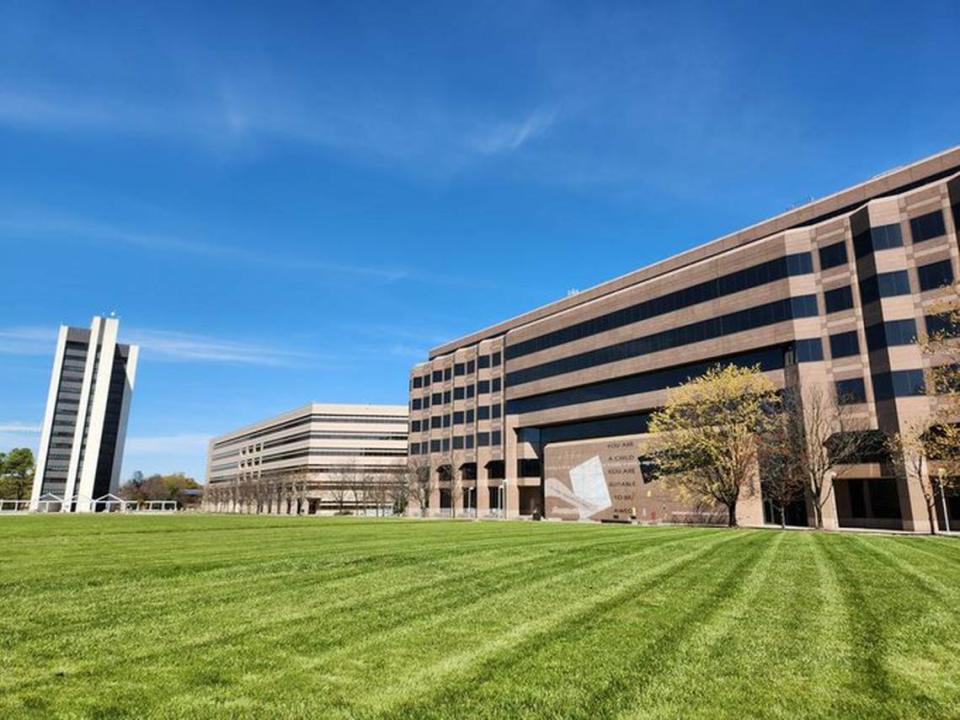
The Bath Building
The state government building downtown that has been vacant the longest is the Bath Building, which is on Lane and Wilmington streets, across from the Department of Public Instruction and N.C. Freedom Park.
That project is still under the Department of Administration’s authority.
Demolition on the Bath Building is set to begin at the end of this year. An initial low bid contractor pricing error delayed that project, said Edwards, the Administration’s deputy secretary. He said the reason that the Education Campus project is moving faster is because it didn’t go out for bid.
Once used by the N.C. Department of Health and Human Services as lab and storage space, the Bath Building has been nearly vacant for more than a year. The asbestos abatement process is starting this month, he said.
Once that building is torn down, the block will be turned into green space, Edwards said. Beyond that, there isn’t a plan for it, he said.
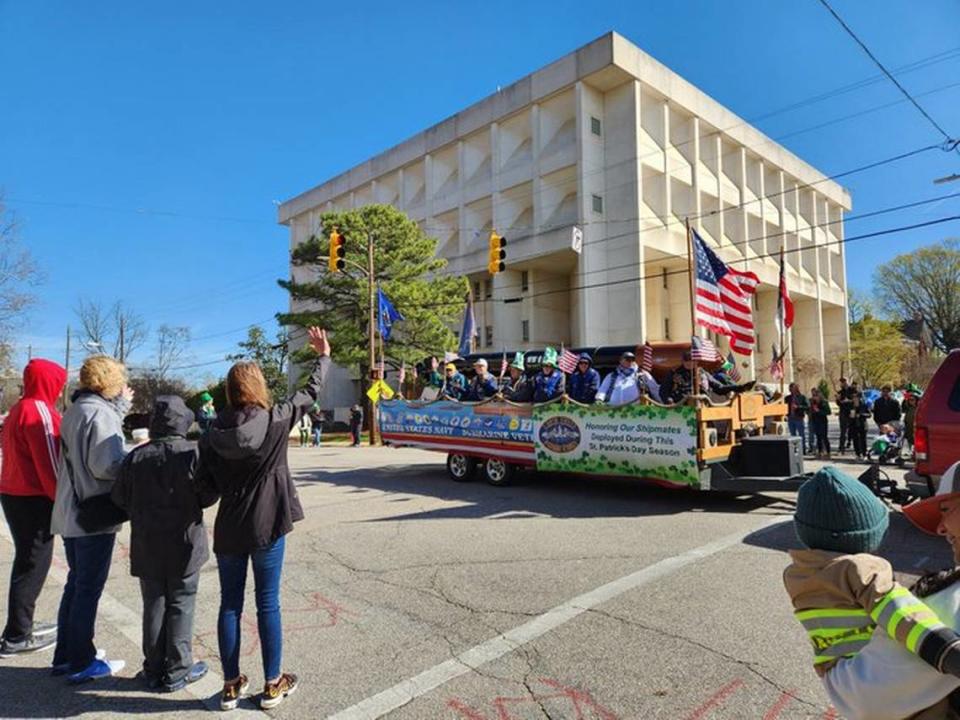
In a separate interview, Coble said that a new state government building might go up on the site eventually.
There could be more changes afoot in this year’s budget bill.
Restoring downtown Raleigh’s green space parks
The City of Raleigh once had five squares that were planned as public space.
One is where the Capitol sits, which is called Union Square.
One is where the Executive Mansion sits, which is called Burke Square.
A third is Nash Square, which is home to century-old trees, the Fallen Firefighters Memorial and a wooden squirrel statue, as well as benches and walking paths.
The fourth is Moore Square, which looked more like Nash Square until a recent renovation. The city’s giant copper acorn sat in the old Moore Square, but is now on City Plaza on Fayetteville Street. Moore Square has been turned into an open green space used regularly for community events, as well as a small restaurant on site.
Then there’s the fifth square: Caswell.
Caswell Square has long been occupied by several state government buildings, but the smaller ones have been demolished. What’s left is the old Health Building, once part of the School for Blind and Deaf, and the N.C. Community Colleges System building.
While the historic building will be left alone, Coble said, the other buildings may come down. Caswell Square could eventually be returned to what it was intended to be: a public park.
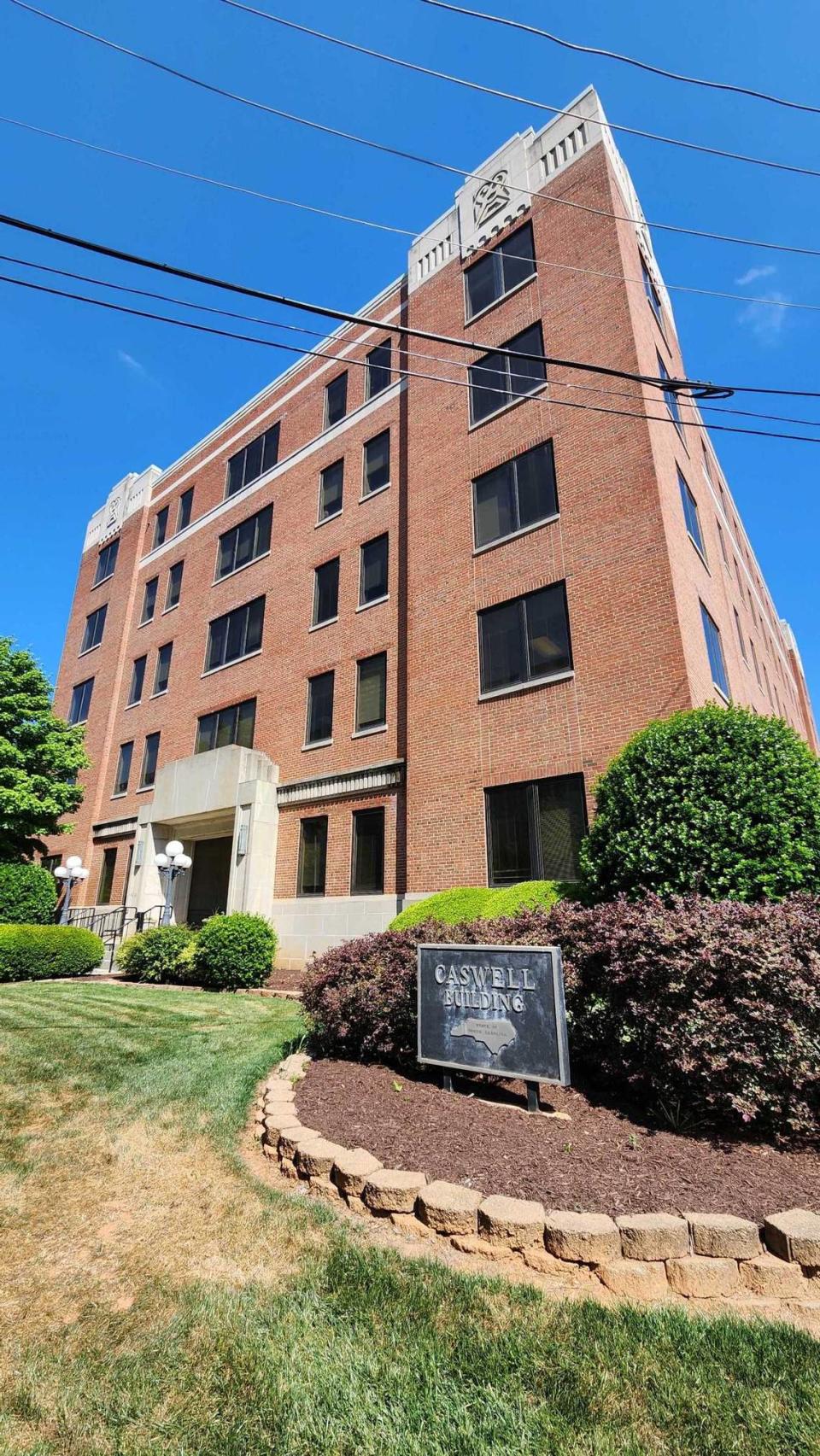
NC Reality Check is an N&O series holding those in power accountable and shining a light on public issues that affect the Triangle or North Carolina. Have a suggestion for a future story? Email realitycheck@newsobserver.com

